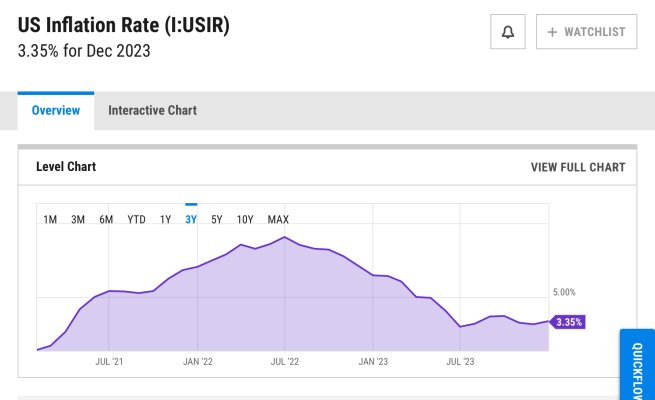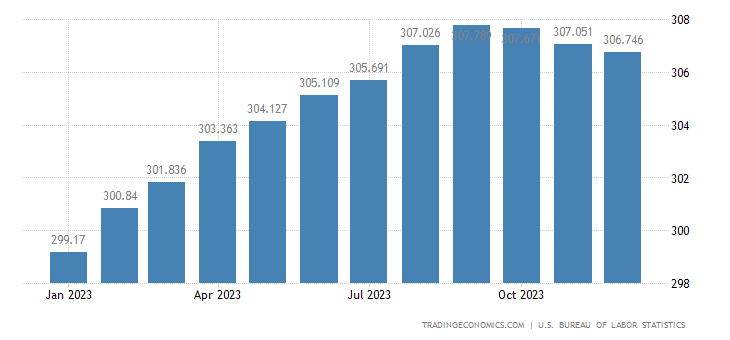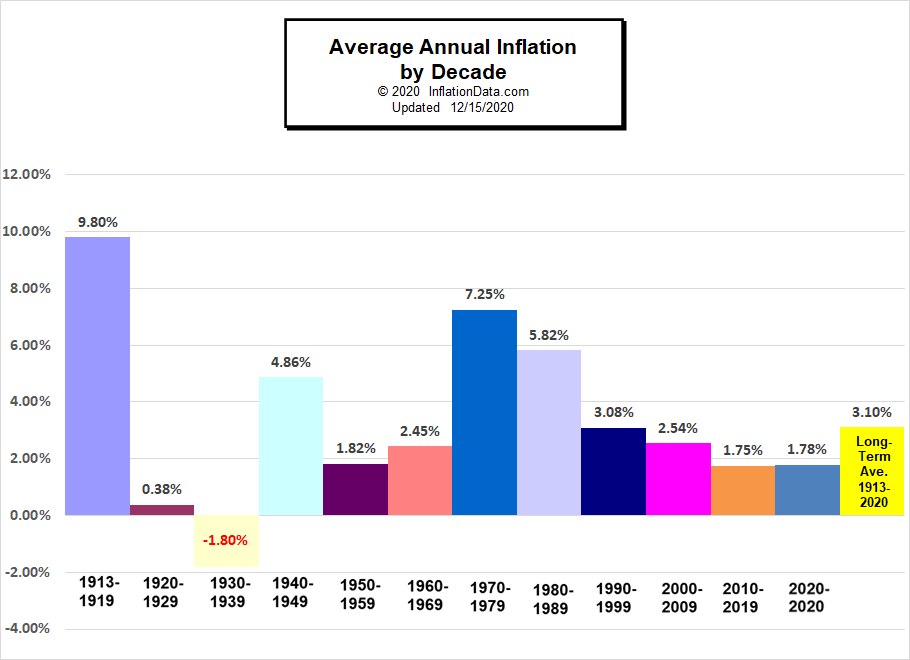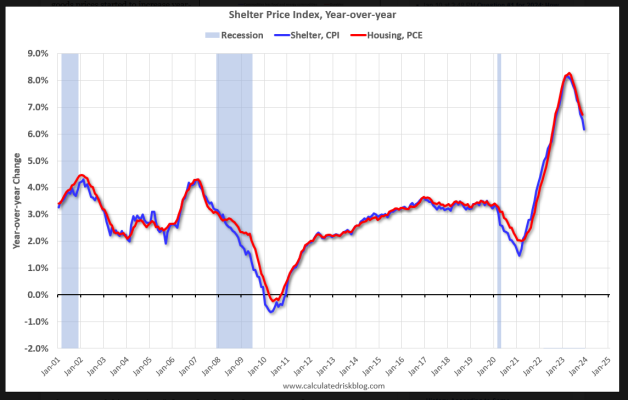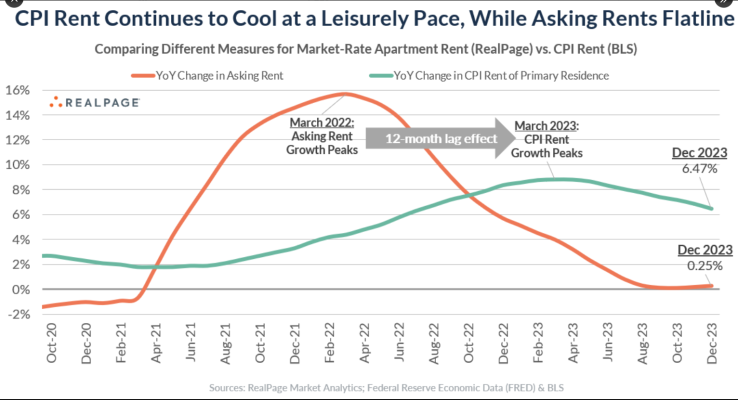Marc
Recycles dryer sheets
I’ve been looking for that post and haven’t found it yet.
I found this page but when I click on the first link it hasn’t been updated since Dec 12, 23 and doesn’t mention 2026 in the title.
https://thefinancebuff.com/category/healthcare
https://thefinancebuff.com/medicare-irmaa-income-brackets.html

